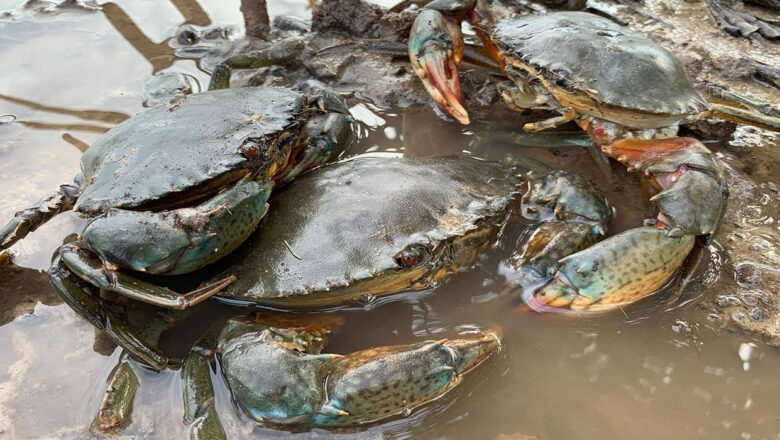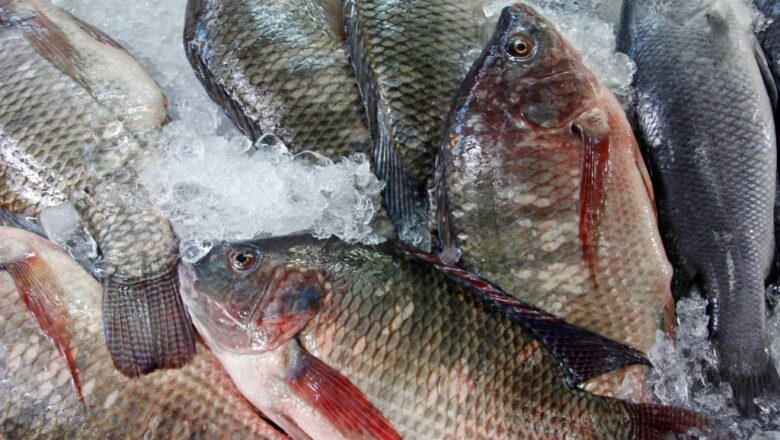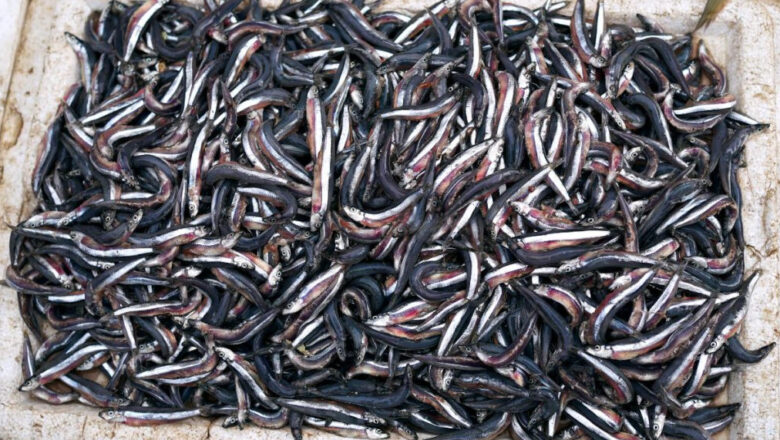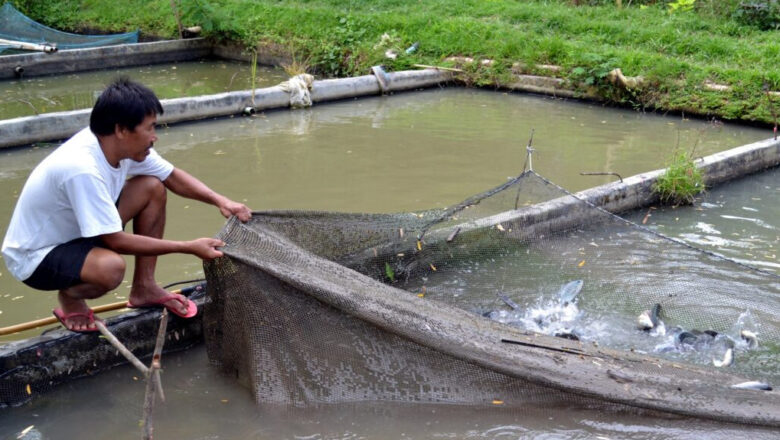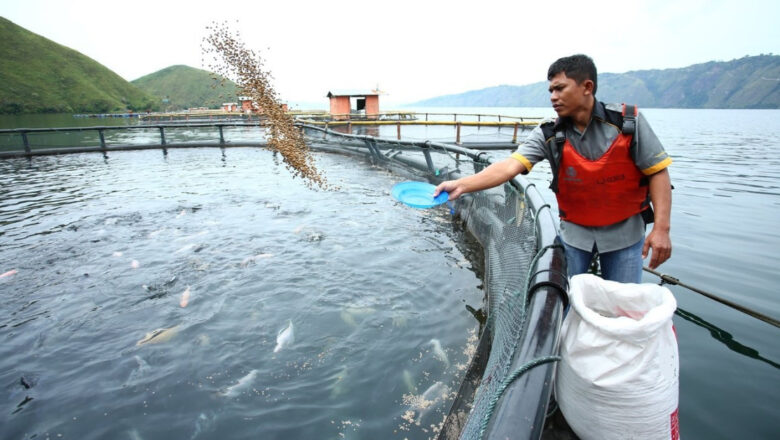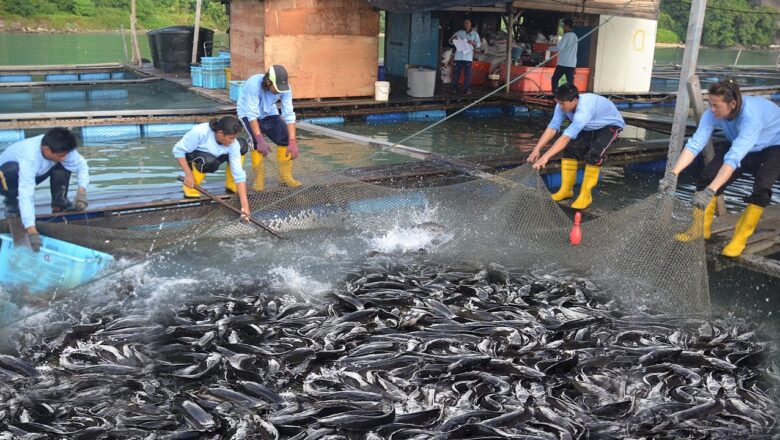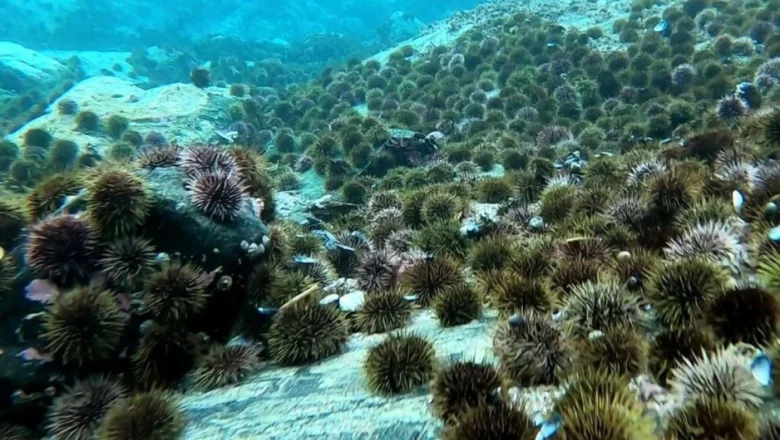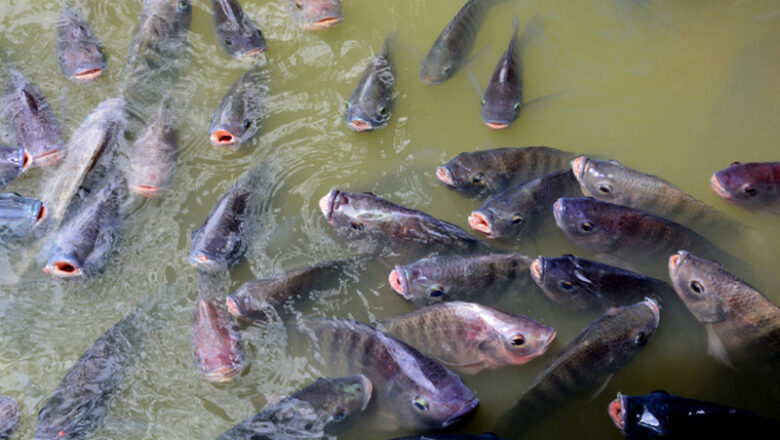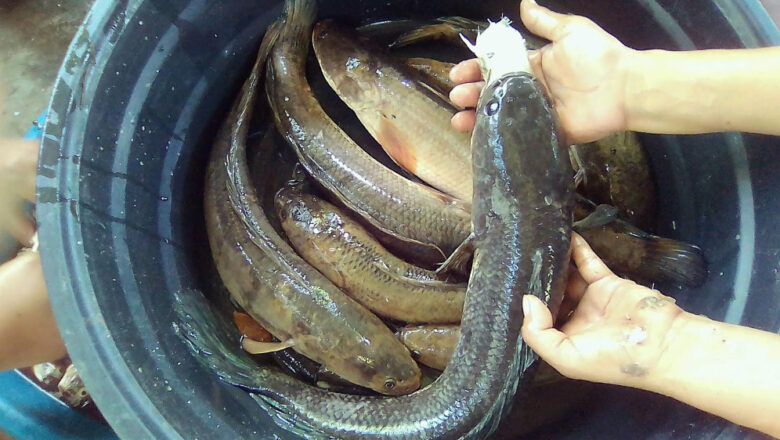
Mudfish Farming in the Philippines: How to Raise and Grow Dalag
Mudfish farming in the Philippines is less popular than tilapia and milkfish but it is profitable and a growing industry. If you are looking to learn how to farm dalag, continue reading.
Do you want to get into mudfish farming? There are many advantages to this form of aquaculture, such as the ability to harvest large quantities of these fish quickly, their hardiness and tolerance to harsh conditions, and the potential to turn a good profit. Growing mudfish can also be a sustainable way of producing food that can help improve the livelihoods of many rural communities. In this article, we will take a look at the basics of mudfish farming, from what you need to get started to caring for the fish, harvesting, and dealing with common problems. We'll also cover the basics of water chemistry ...
